Ways To Disinfect Your House To Kill The Flu Virus
All of us want our homes to be a safe haven, especially at these tiring and stressful times. One of the most important parts of keeping your home clean and hygenic.
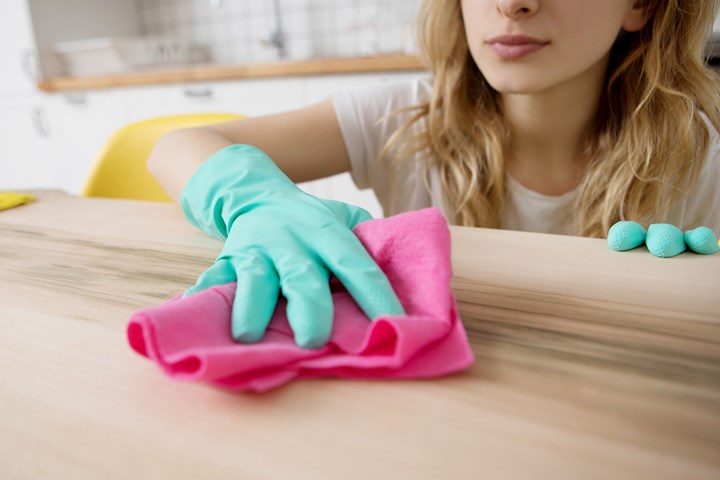
All of us want our homes to be a safe haven, especially at these tiring and stressful times. One of the most important parts of keeping your home a haven at a fundamental level is ensuring that you live in a hygienic environment that keeps you healthy. Even though pretty much every health organizations including the WHO has said that the Noval coronavirus is spread through close personal contact and not through surfaces, it is still very important to keep your homes clean and hygienic because of the fact that these viruses can live on inanimate surfaces for hours to days.
We can’t stress enough the importance of maintaining social distancing, not toughing your face and frequently washing your hands with soap and water for at least 20 seconds.
1. Hand-Washing Stations
The WHO, IMA, and MHRD recommend washing your hands with soap and water for at least 20 seconds, especially after blowing your nose, coughing or sneezing; before eating or preparing food; and always after using the bathroom. every sink in the house should have the following things to make hand-washing easier and more sanitary:
- A bottle of liquid hand soap
- Fresh hand towels and a hamper for dirty towels and/or a roll of paper towels and a wastebasket.
- A container of sanitizing wipes for daily cleaning of faucets and counters.
2. Hand Sanitizers
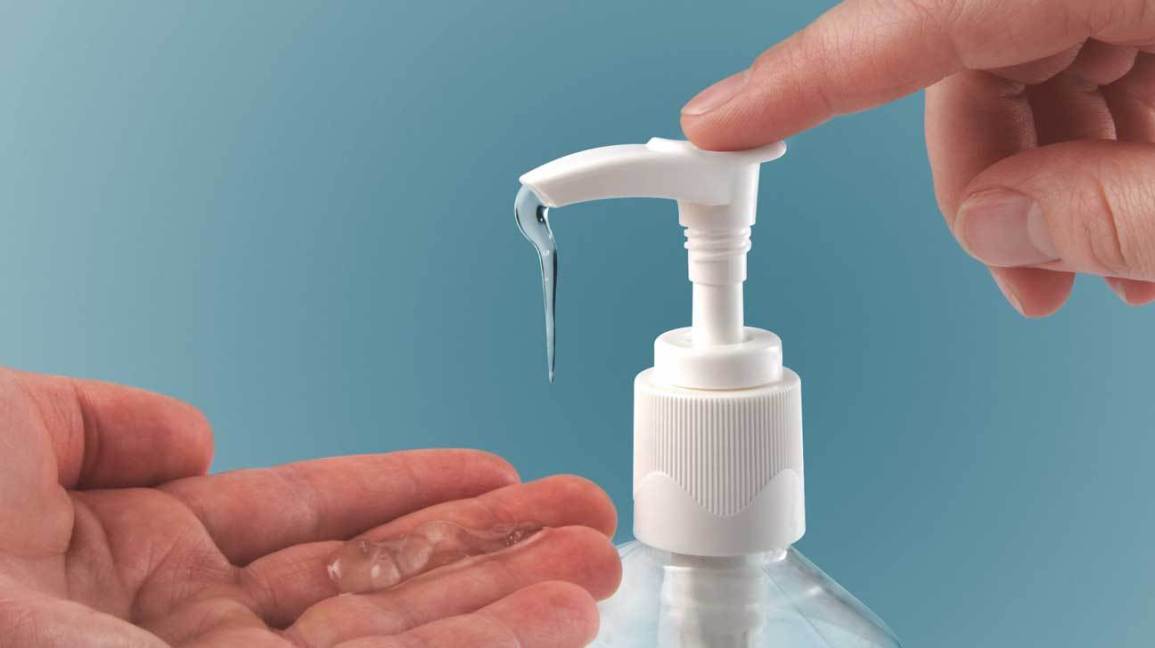
You should use an alcohol-based hand sanitizer containing at least 60% alcohol when soap and water aren’t available. This works best especially when you are traveling. But keep in mind that if your hands are visibly dirty, the hand sanitizer will not be effective, and hand-washing is recommended.
3. The Difference between Cleaning And Disinfecting
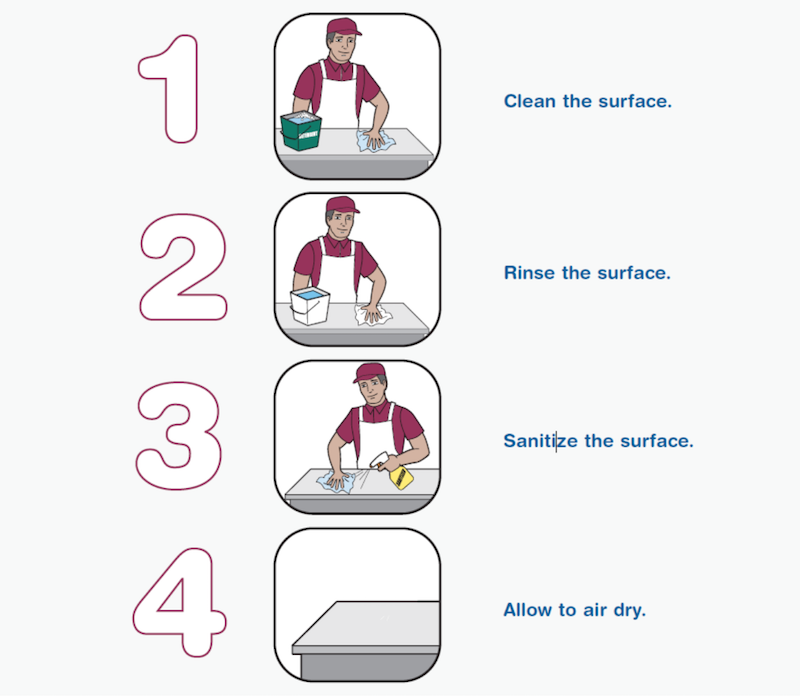
The crucial thing to remember is that cleaning should come first — if a surface is dirty, germs can be hiding below the dirt and grime, making disinfecting efforts less effective.
- Cleaning removes dirt, grime, and germs — this helps reduce the number of germs.
- Disinfecting actually kills germs on surfaces using chemicals, which helps reduce the risk of spreading infection when done after cleaning.
4. Use The Right Products( The Right Way)
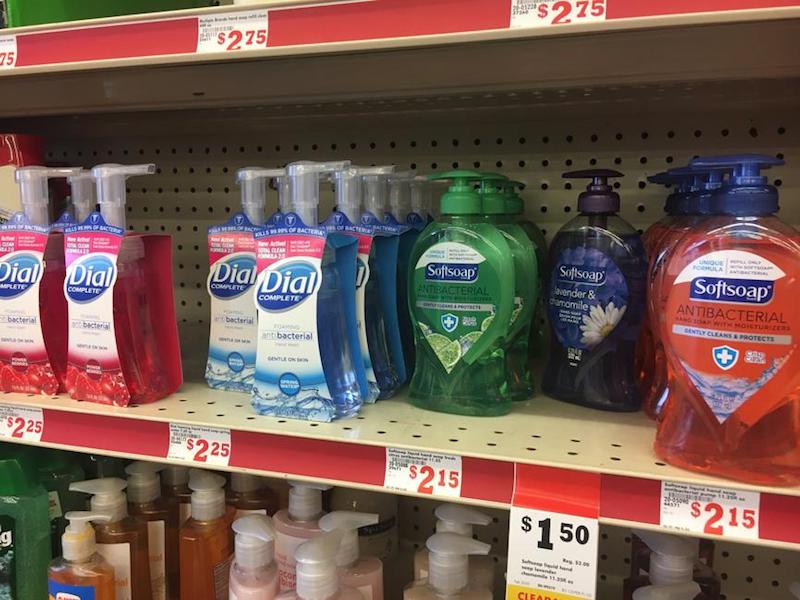
Cleaning only requires regular soap and water. But for the second step, i.e. disinfecting, it’s important to be sure you’re using the right product. Industry certified disinfectants approved to fight the novel coronavirus are what you want. Rubbing-alcohol or bleach will fight the COVID-19 virus. (A word of caution on using bleach to clean surfaces: It can discolor laminate and may damage the seal on granite and other stone countertops over time).
- If surfaces are dirty, remember to clean with soap and water first.
- To prepare a bleach solution, mix 5 tablespoons (? cup) bleach per gallon of water, or 4 teaspoons bleach per quart of water. Never mix household bleach with ammonia or any other cleaners.
- If using rubbing alcohol, choose an alcohol solution containing at least 70% alcohol.
- Check expiration dates. Do not use expired products, as they may not be effective against the COVID-19 virus.
- Follow label instructions. Clorox has issued specific recommendations for preventing the spread of the COVID-19 virus, including leaving bleach solution on surfaces for five minutes.
5. Frequently-Touched Surfaces
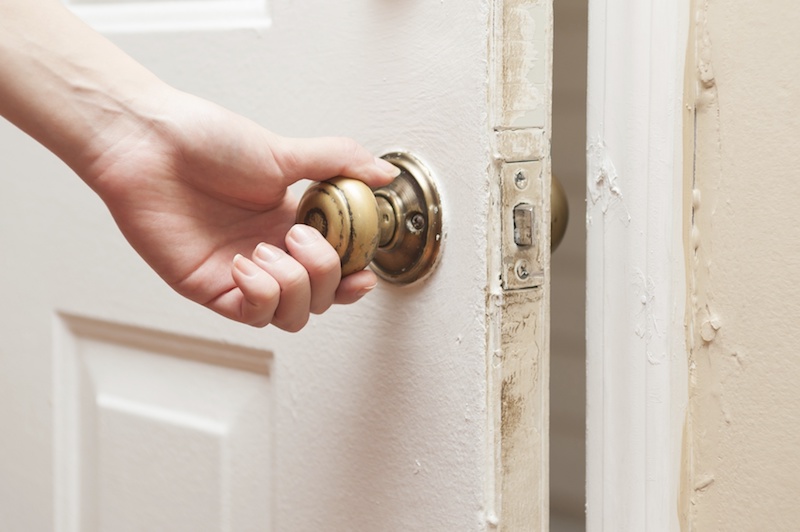
Cleaning and sanitizing the entire house would be overwhelming — and probably excessive. Instead, focus on the surfaces that get lots of contact throughout the day. These areas include doorknobs, tables, light switches, remote controls, handles, desks, toilets, and sinks. And if you have kids or housemates who play video games, include those video game controllers.
6. Follow a Strict Just-Got-Home Routine
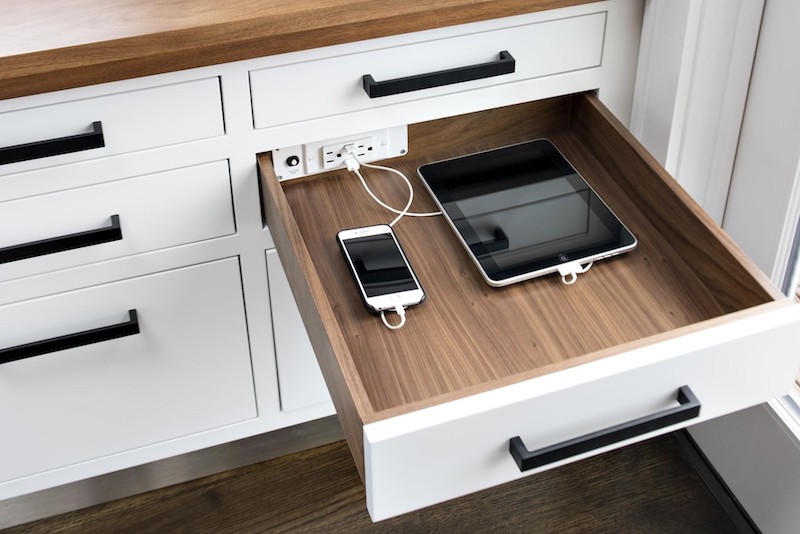
Put your belongings down in one spot, paying attention to what you carried with you throughout the day — likely suspects include your phone, keyrings, and sunglasses. Wash your hands for 20 seconds, then wipe personal items with an EPA-registered disinfecting wipe and leave to dry. When cleaning electronics, keep liquids away from openings, never submerge devices, and be especially gentle with touch screens.
7. Get Professional Help
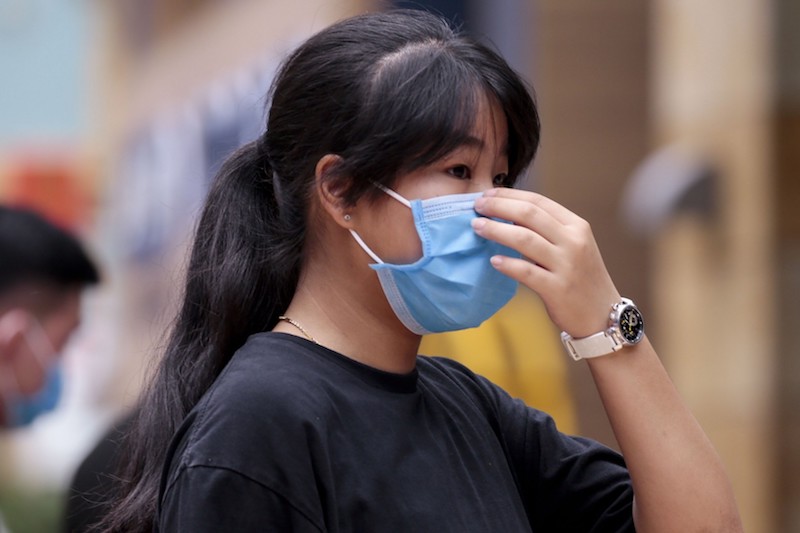
Even though you can minimize your exposure to the virus exponentially, it is important to know when to get professional help. If you or anyone in your home is sick, don’t hesitate to contact your local health care officials and get it checked out. It is always better to prevent than cure. A few of the most important precautions you can take at home include isolating the sick person in their own room and bathroom, not sharing personal household items, handling their laundry with gloves (and washing your hands afterward) and cleaning high-touch surfaces daily.
HomeTriangle has partnered with professionals offering virus fumigation services to help you tackle the problem of sanitizing and fumigating your homes to get rid of the viruses that may be present in it. They have the necessary tools and training to handle the job. If you feel like you are not doing enough(which is true in most cases), you can find virus fumigation services from HomeTriangle website.
This whole COVID 19 situation will pass with the proper handling. Follow the instructions given out by the MHRD, IMA, and WHO on how to minimize your exposure to the virus. The most important thing to remember is to limit socialization. Be alert, not anxious.
